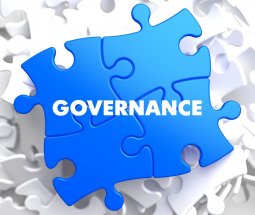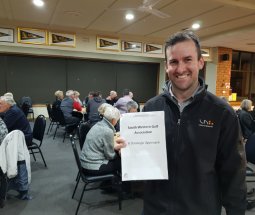Agenda
Good preparation and use of Meeting Agendas assist meetings to run efficiently, to time, provides the Committee with a meeting focus, and can assist in keeping members informed and engaged.
Meeting Agendas
To make optimal use of Committee meeting time an Agenda is developed collaboratively and distributed to Committee Membersbefore the meeting because:
- To make optimal decisions Committee members need time to think about the issues
- It allows for questions to be answered before the meeting if clarification is needed. Then the Committee is able to make an informed decision
- The Agenda includes an estimate of how long an item might take and assists club leaders to prioritise the items.
Process
A suggested guide for the development and distribution of the Agenda is for the Secretary to put out a call for Agenda items and for reports requiring distribution.
About 9 days prior to the meeting:
- Agenda closes for next Committee meeting
- Reports due for next Committee meeting
- Draft Agenda (including timings) finalised by Secretary and President using:
- Previous minute
- Emailed information from Committee members
- Committee Calendar
No later than 7 Days prior to meeting the Secretary distributes the Agenda including supporting papers and reports. Committee Members should read reports prior to the meeting.
No later than 2 days prior to meeting Committee members advise the Chair of any extraordinary issues arising out of reports that will require significant discussion ( timings may need to be adjusted prior to the meeting)
Actual Agenda Headings:
- Opening (including any formal requirements such as approving Minutes from previous meeting), apologies declarations of any conflicts of interest,
- Business Arising from Previous Minutes / Meeting
- Strategic Issues and Major Items for Decisions (these are based on our Committee calendar as well as any new issues)
- Governance Issues (these are based on the plan from our calendar as well as the tabling of the financial statement for the month and any new issues)
- Other (this is not “general business” – it is specific matters as nominated before the meeting using the process above
- Tabling and Discussing as Required Reports (including portfolio reports)
- Close (including reviewing and adjusting the Committee calendar)
Note that the order of the items are important to make sure that the most pressing items are given sufficient time. For decision items usually come before items for noting.
Practicalities
This process works best when:
- We have a time keeper appointed separate to the Chair
- Each Agenda item has a recommended time
If we need to exceed this time to ensure adequate and appropriate discussion, the Chair takes advice from the Committee and then either:
- Has a short extension for the item
- Continues discussion at the end of the meeting
- Defers the matter to a Working Group or other Subcommittee source for final consideration at the next meeting, or
- Divides the item into two sections – what we can agree and progress now and; what we must defer to the next meeting and then move to next item.

.jpg)

